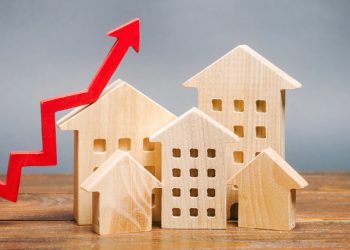Housing affordability shrunk to its lowest level since the third quarter of 2008 at the end of 2016, according to the National Association of Home Builders (NAHB)/Wells Fargo Housing Opportunity Index (HOI), compounded by construction labor and lot shortages that stifled the introduction of new inventory to the market. Roughly 60 percent of existing and new homes sold in the fourth quarter of 2016 were affordable to households earning $65,700, the national median income—a one point decline from the third quarter.
“Affordability remains positive nationwide even as demand is outstripping supply in many markets,” says Robert Dietz, NAHB chief economist. “Though mortgage rates are rising, incomes should rise faster, as well, helping to keep home prices affordable. Meanwhile, policymakers at all levels of government must address regulatory burdens that are raising housing costs, while officials at the state and local level need to take steps to put more lots in the pipeline to help offset future price growth.”
Of the housing markets analyzed in the Index, Youngstown-Warren-Boardman, Ohio-Pa., was the most affordable in the fourth quarter, with 90.4 percent of homes accessible to those earning the area’s median income. Buffalo-Cheektowaga-Niagara Falls, N.Y., Harrisburg-Carlisle, Pa., Cincinnati, Ohio-Ky.-Ind., and Syracuse, N.Y. were also majority-affordable based on median income.
The San Francisco-Redwood City-South San Francisco, Calif., market was the least affordable in the fourth quarter, with 7.8 percent of homes accessible to those earning the area’s median income. Los Angeles-Long Beach-Glendale, Anaheim-Santa Ana-Irvine, San Diego-Carlsbad and San Jose-Sunnyvale-Santa Clara—all in California—were also majority-unaffordable based on median income. San Jose, notably, saw negative price growth.
“Though builders remain confident that housing markets across the nation will continue to show gradual improvement in the year ahead, they remain concerned that regulatory constraints and lot and labor supply issues are preventing a more robust recovery,” says Granger MacDonald, chairman of the NAHB. “The rising costs of construction as it relates to land and labor are putting upward pressure on home prices.”
Source: National Association of Home Builders (NAHB)
For the latest real estate news and trends, bookmark RISMedia.com.










